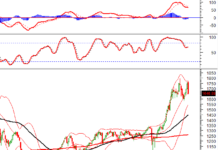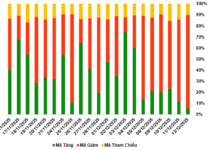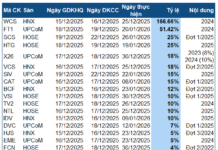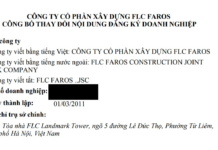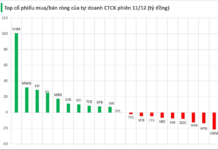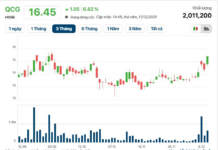If there’s one company that is “lazy” about changing designs but still manages to generate excitement with every product they launch, it’s Apple. The company typically takes several years to make significant design changes to their iconic iPhone models.
That’s why people believe that with the iPhone 16 this year, there won’t be any major changes.
91 Mobiles proved this when they recently revealed the CAD drawings of the iPhone 16 Pro, which show that its design is almost identical to the previous generation. However, there will still be some “surprises” for users if these drawings are accurate.
First, the iPhone 16 Pro will have dimensions of 149.6 x 71.4 x 8.4 mm, which means it will be taller, wider, and thicker than the iPhone 15 Pro (which measures 146.6 x 70.6 x 8.25 mm). One interesting point is that the screen size will increase from 6.1 inches to 6.3 inches.

CAD drawing of the iPhone 16 Pro.
The larger dimensions also mean the device will be heavier.
The Action Button on the iPhone 15 will also be retained but will be larger in size. Notably, the device will have an additional button called the Capture Button – a dedicated button for taking photos – which will be placed below the power button. 91 Mobiles confirms that this button will be a touch button, while some previous reports suggested it would be a physical button.
By equipping the device with a dedicated camera button, Apple may aim to turn the iPhone into a professional camera device, meaning users can expect the camera quality to continue to improve, making it one of the best camera phones on the market.
The camera module design remains unchanged, and the Dynamic Island module is also retained.
The iPhone 16 Pro is rumored to feature a 48 MP main camera along with a 5x telephoto camera. It is also likely to use the A18 Pro chip based on TSMC’s N2E platform.

